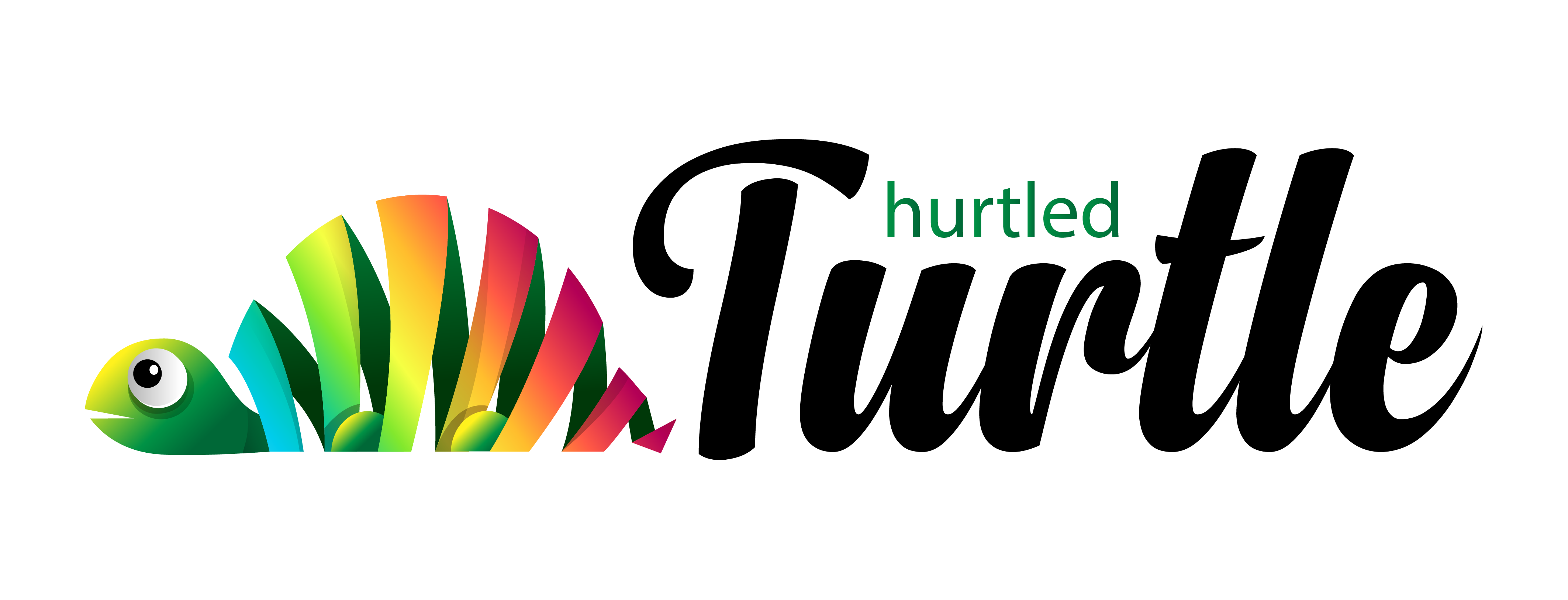Many people claim they have a black thumb when it comes to indoor plants. They purchase plants only to have them wilt away in a corner, never realizing that there are some factors that you have to consider when selecting a place for their indoor plants. Before purchasing a plant, you will need to consider where you want the plant to go.
Lighting Matters
You know that light matters, but how much light your plants need depends entirely on the plant. Most people who have difficulty with indoor plants put low light plants near a window where they get direct sunlight or choose full sun plants and put them in a dimly lit corner. Take a look at the room that you want to place a plant.
Watch the sunlight at different times of the day. If a plant requires low light, you might want to consider putting it away from a window where it can only get filtered light. Low light plants will burn if exposed to direct sunlight. If the plant is sun-loving, then place it in the window where it can get the sun that it wants.
If you have a dim interior room and want a direct sunlight plant, you should consider getting a grow light. A grow light allows you to put a plant where lighting conditions might not be optimal.
Temperature
Some plants like cool weather while others like it hot. There are not many that like large temperature fluctuations. Take a look at the tag of the plant and see what temperature range it likes. If your home is in that temperature range, you should be fine. Just avoid putting the plant in a spot next to a heating or cooling vent, or in the bathroom where the temperature is likely to fluctuate rapidly.
When some spots in your house are subject to direct sunlight, that sunlight, when magnified through a window, might raise the temperature enough to make your plants unhappy. You don’t need a thermometer to place a plant; you just have to be aware that some areas of your house, like the kitchen, are a different temperature than others.
Humidity
Humidity or lack thereof is another factor that can damage even the most well-placed house plants. High humidity plants are best near or in the bathroom, while low humidity plants are best well away from both kitchens and bathrooms.
Acclimation
When you purchase a new indoor house plant, keep an eye on it after you’ve chosen a spot. If it looks like it is doing poorly, move it to an area that you think it will do better, while keeping in mind its light, temperature and humidity requirements. You can move plants around until you find a spot that they like.
Space
If you live in an apartment or a small home, you might have certain space requirements. When purchasing indoor plants, think about the amount of space you have and how big the plants will get. You don’t want to put a tree that grows big and bushy in a small space. Consider hanging pots or wall mounts, so the house plants do not take up much needed space. Some plants do well on bookshelves and desks as well.
These factors are usually things that most people do not think about when purchasing or placing plants. If you would rather purchase a plant and then decide where it goes, pay close attention to the plant’s tag that tells you what light, temperature and humidity it likes and then evaluate your rooms for the best possible place. A black thumb will turn into a green thumb once you know how and where to place indoor plants.



